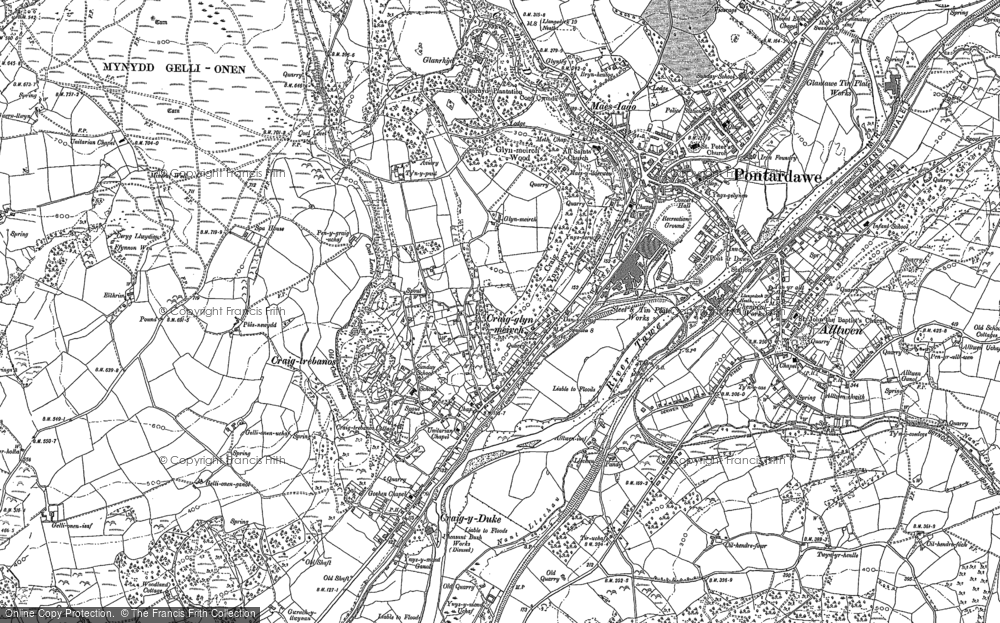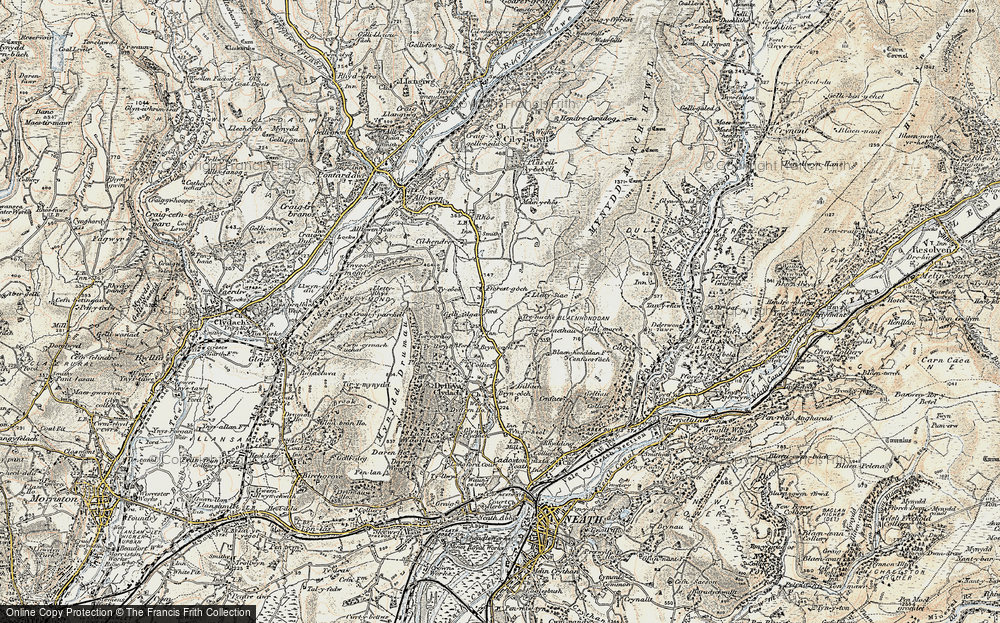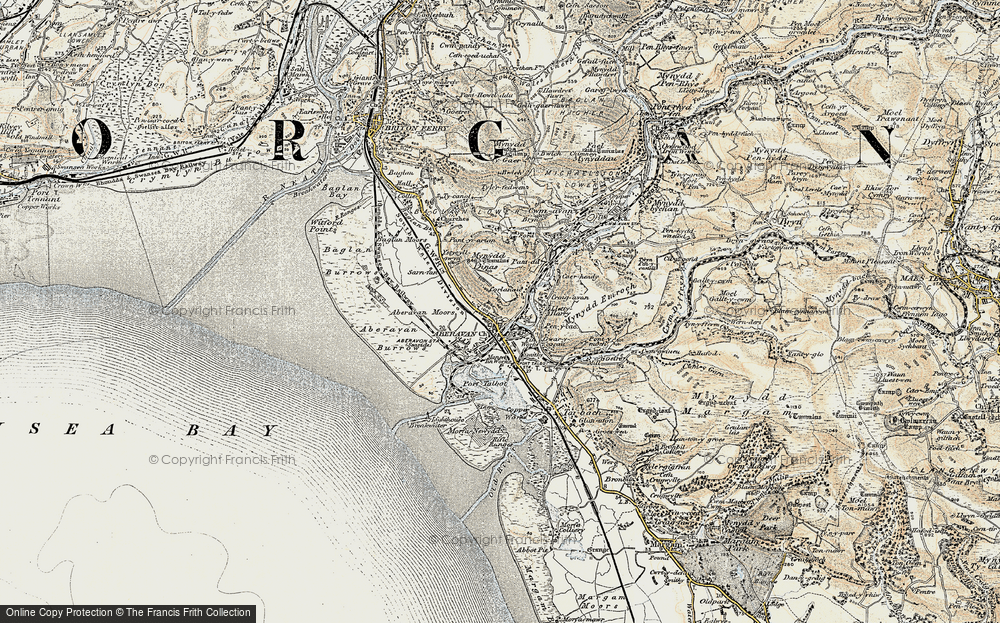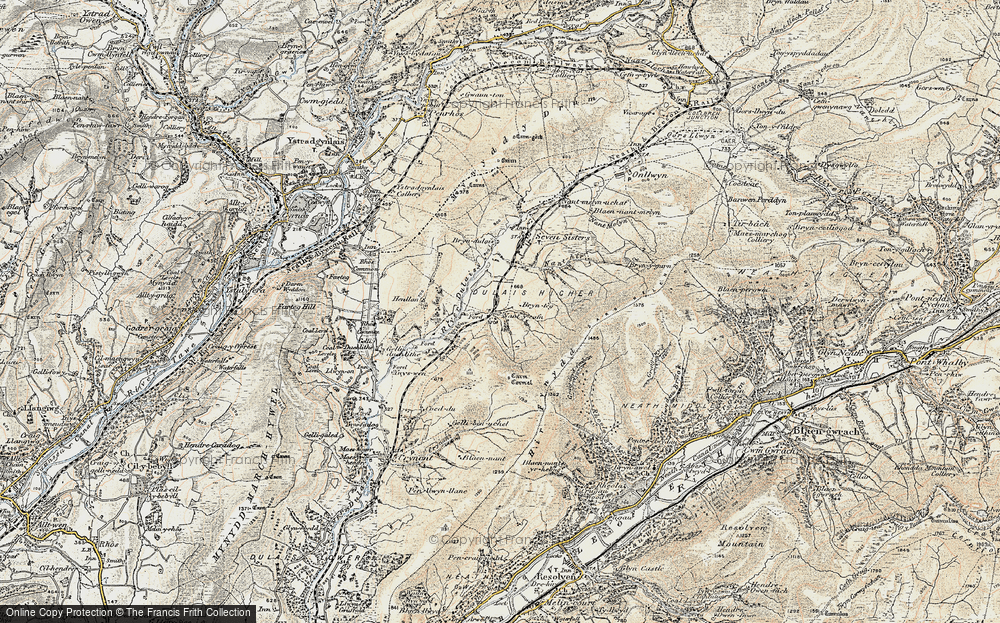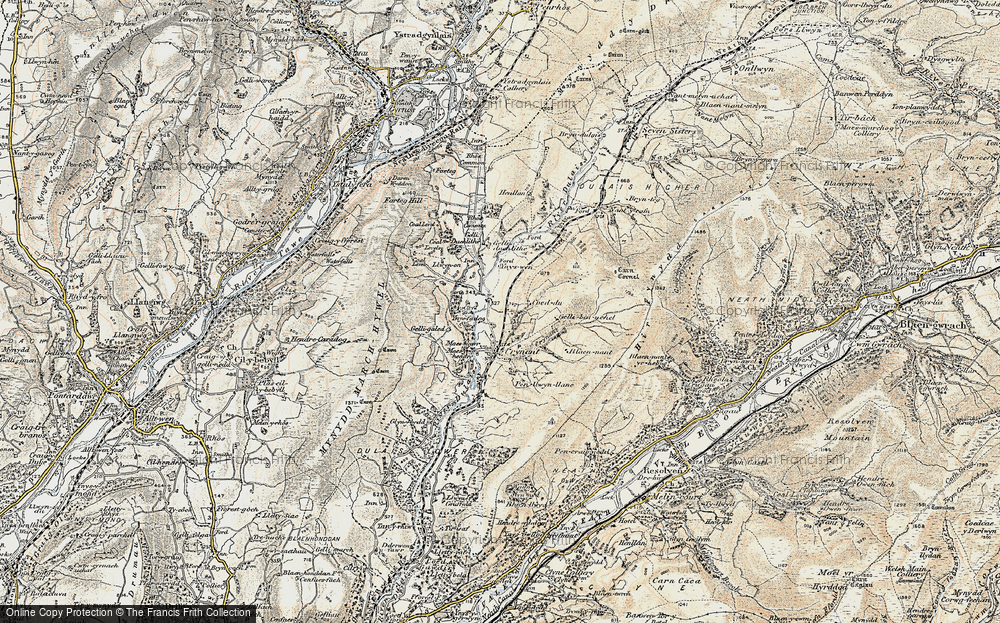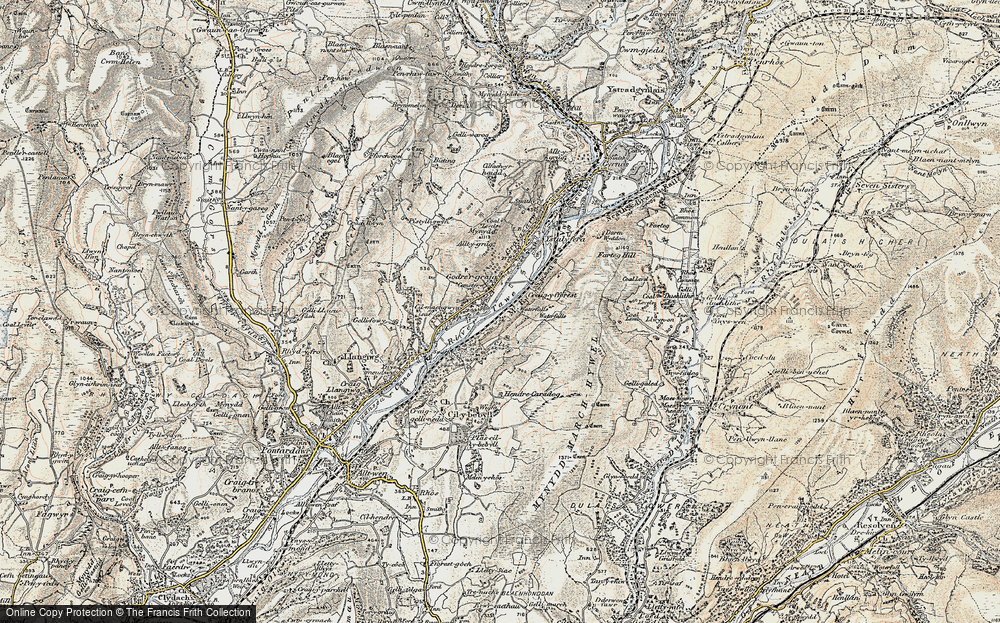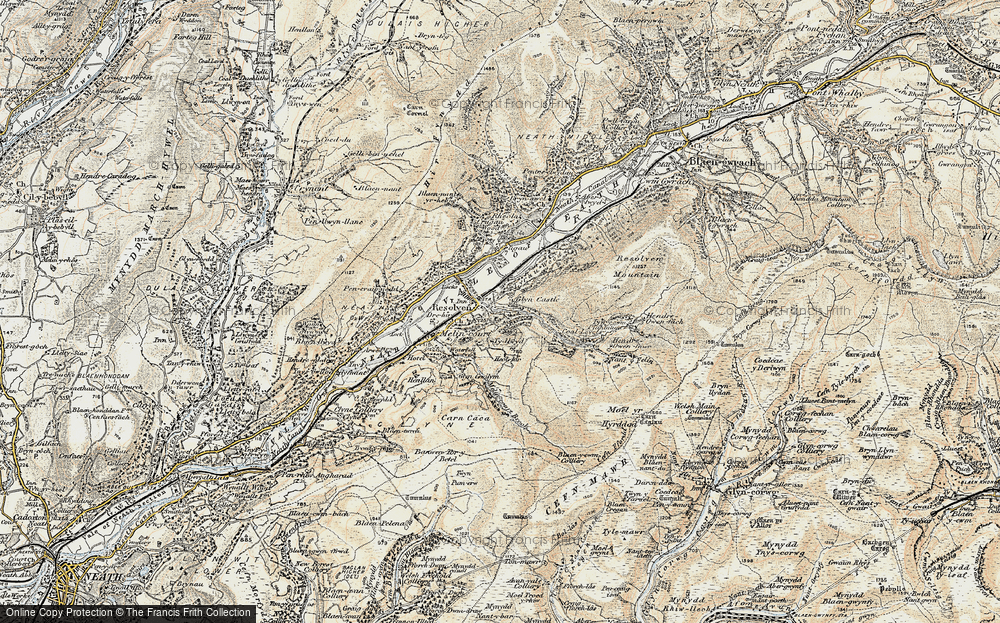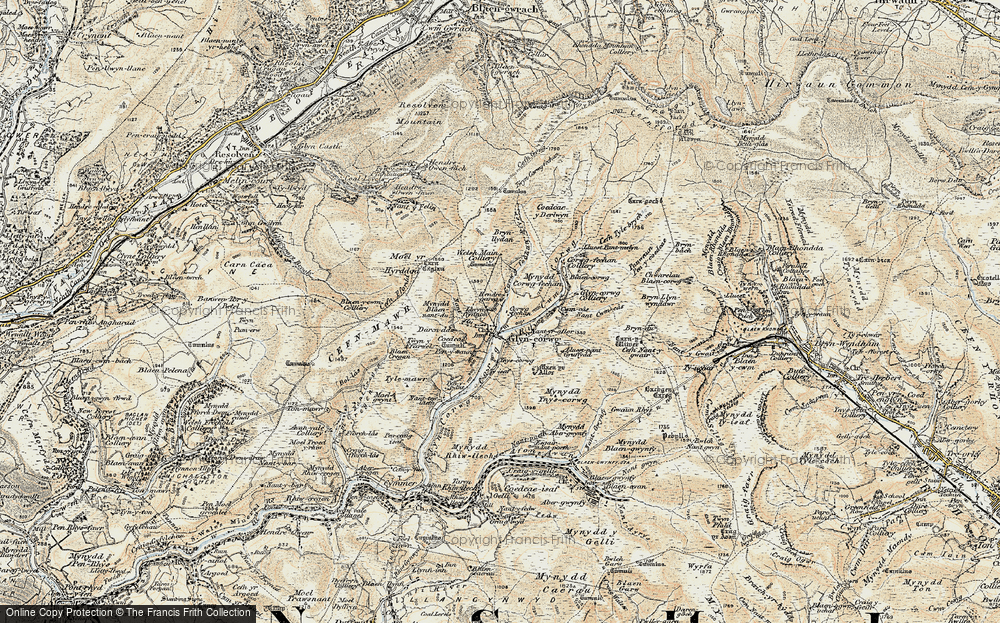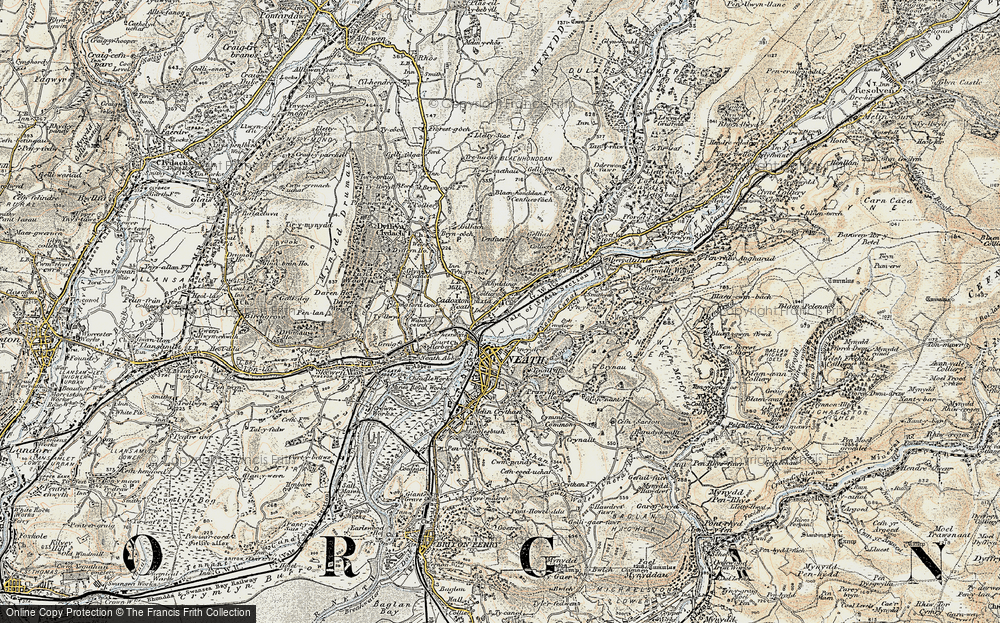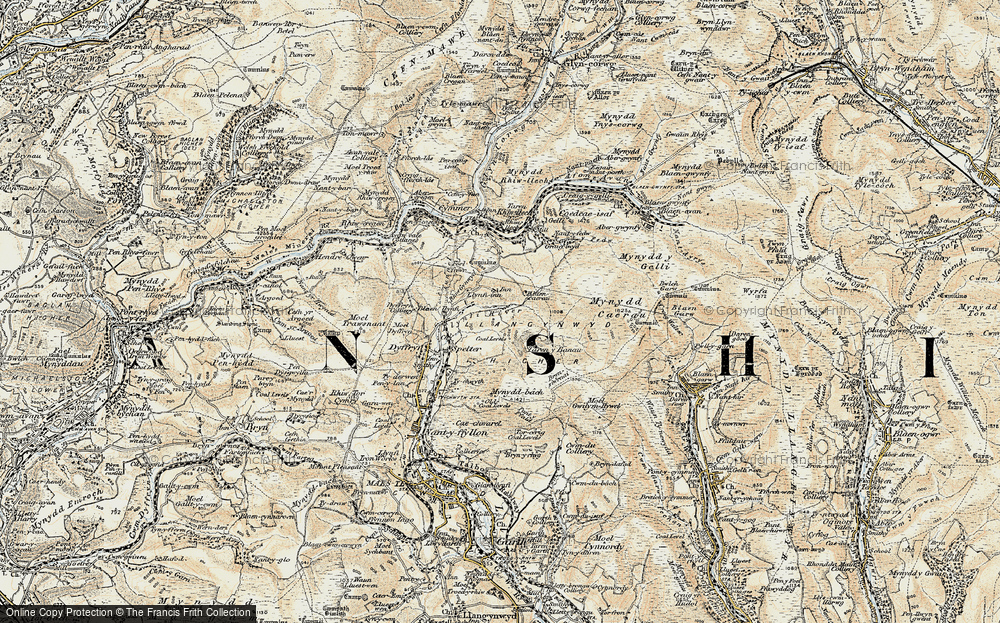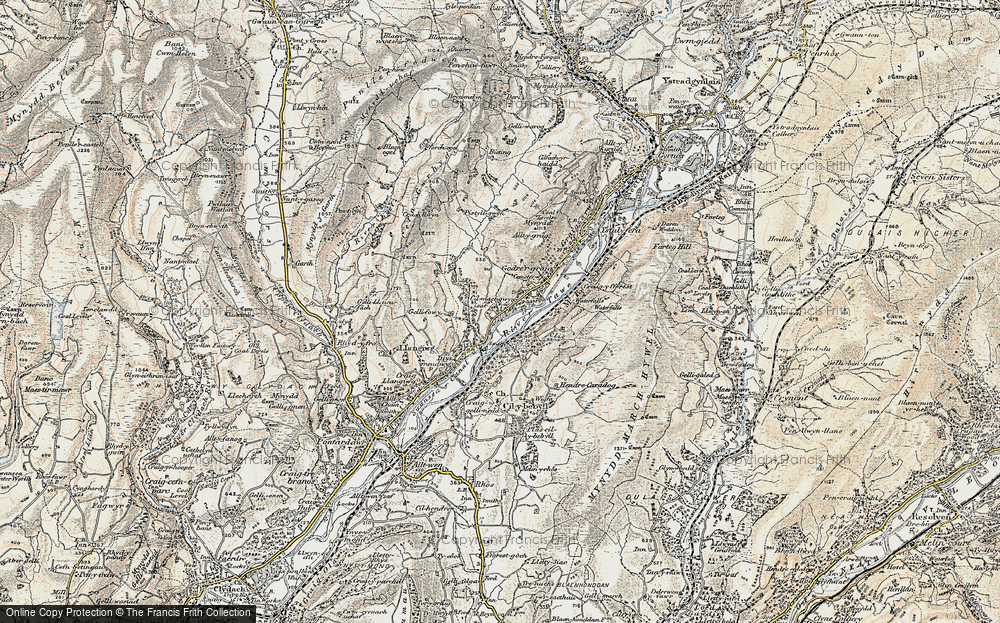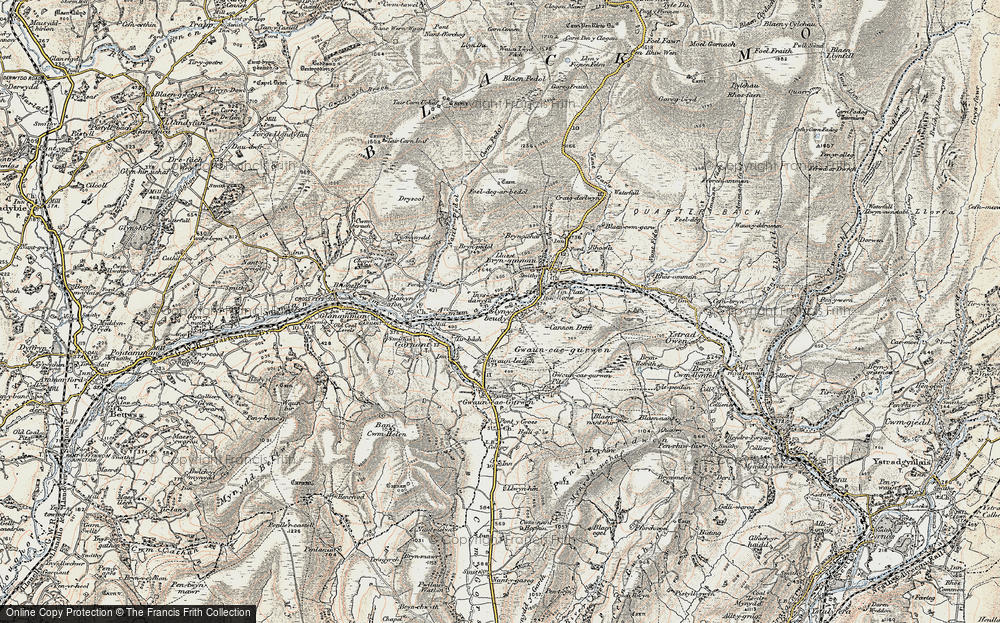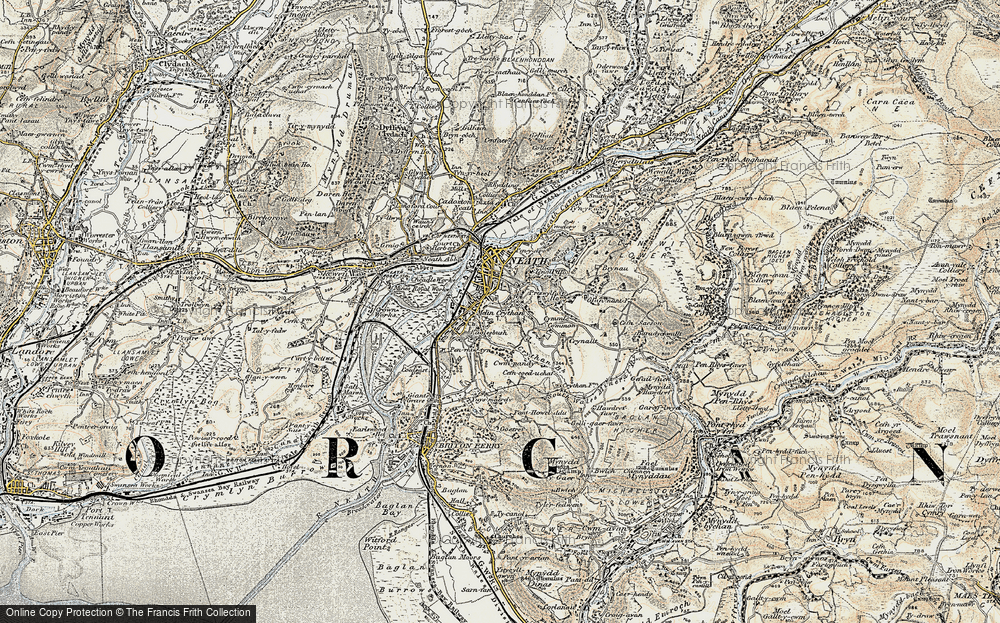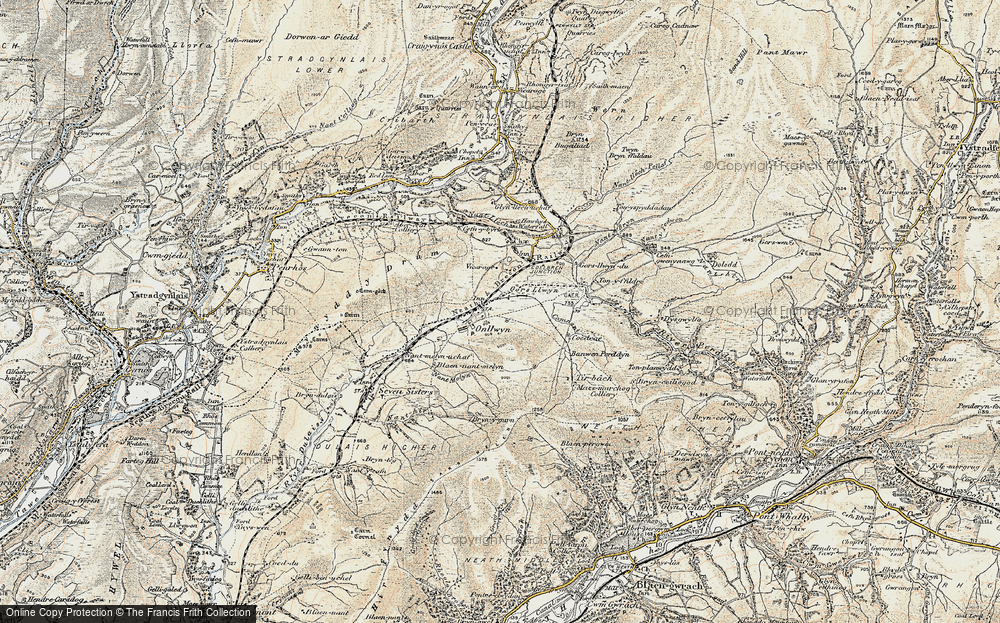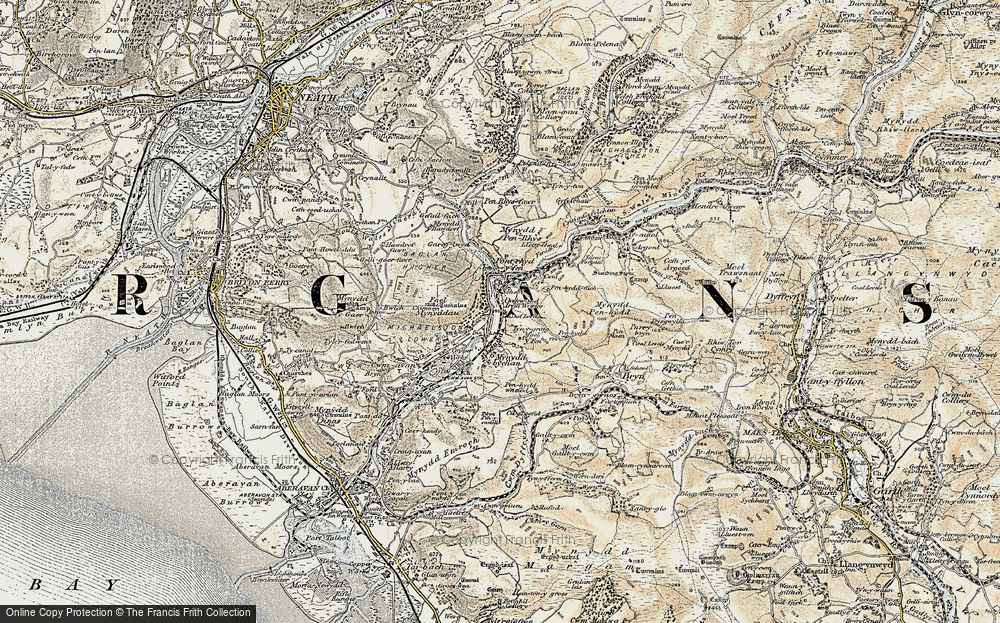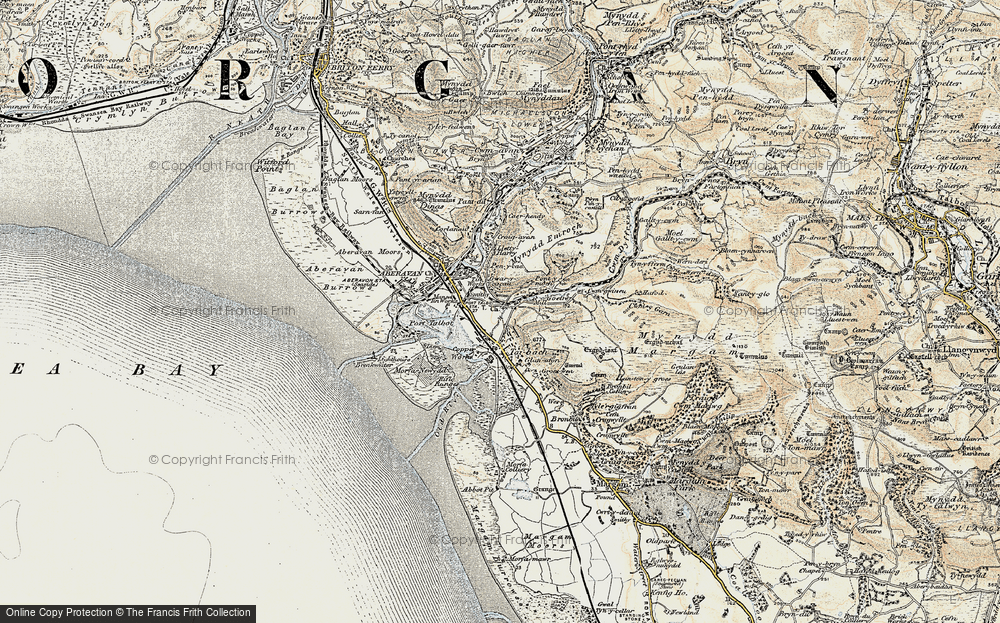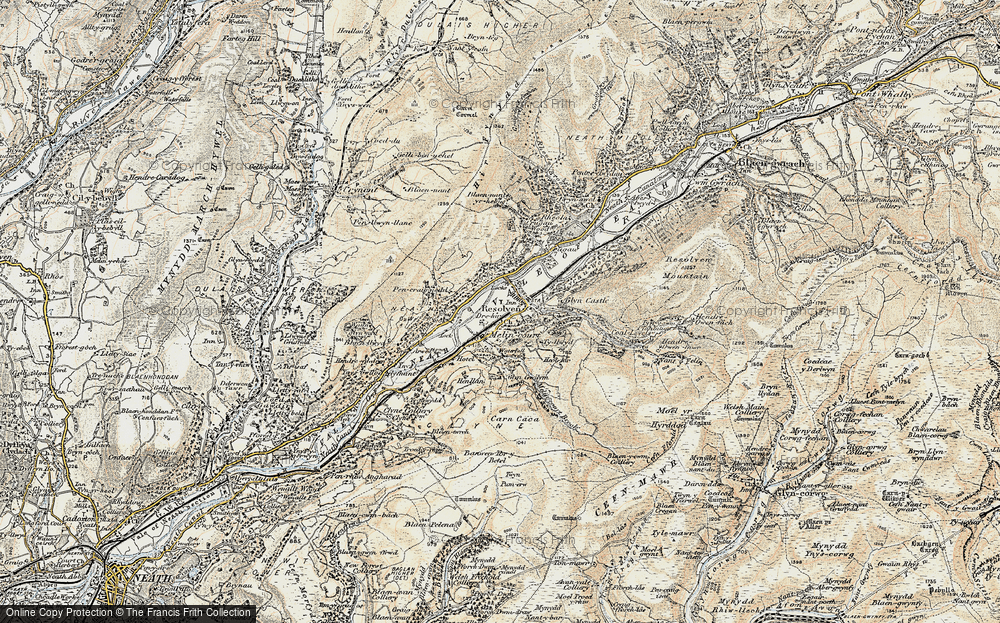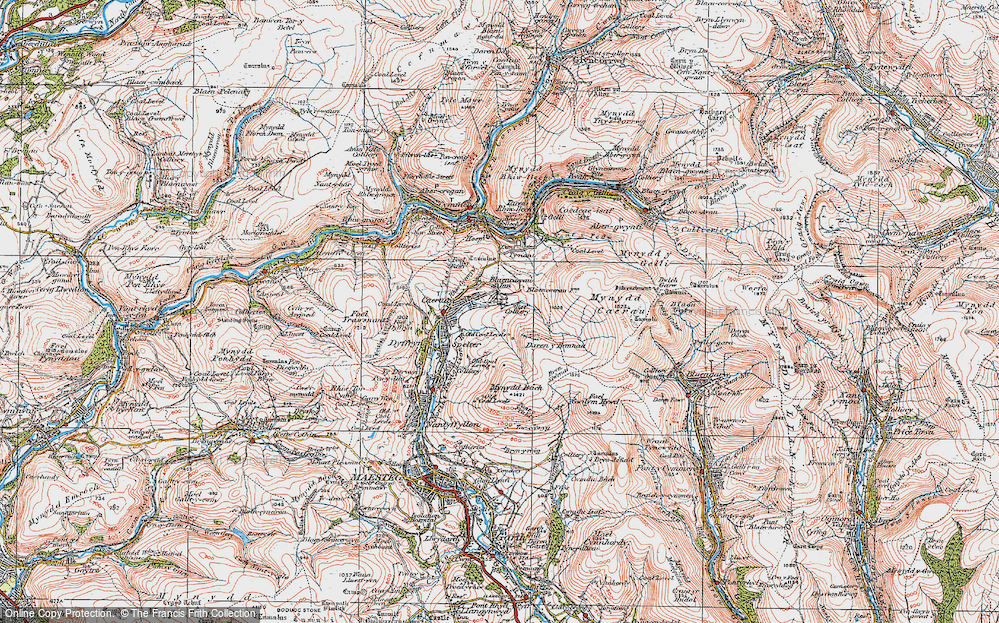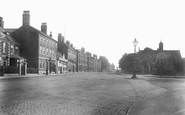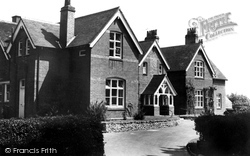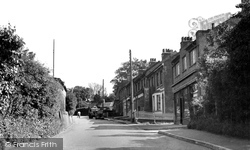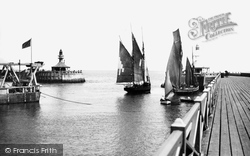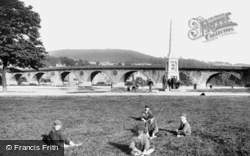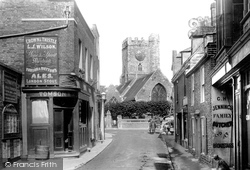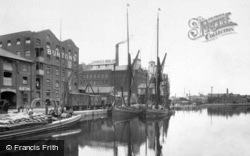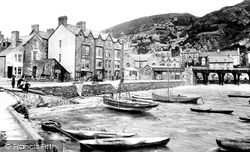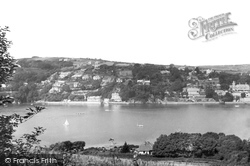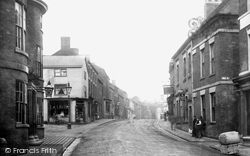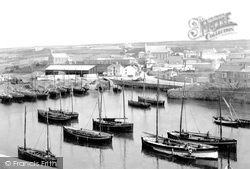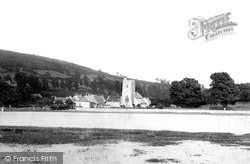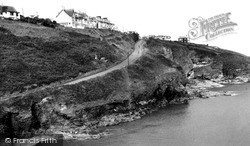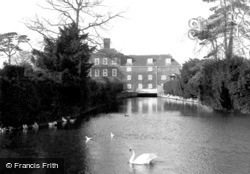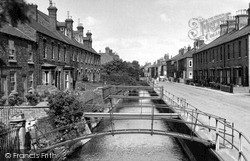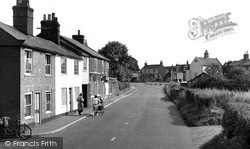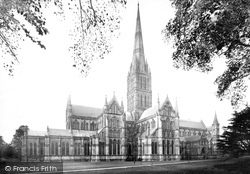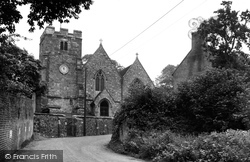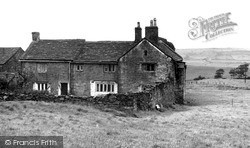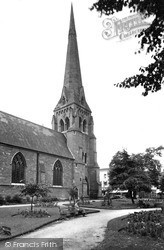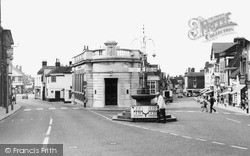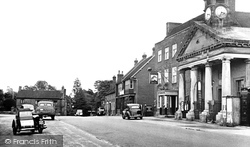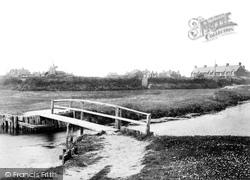Places
Sorry, no places were found that related to your search.
Photos
Sorry, no photos were found that related to your search.
Maps
670 maps found.
Books
4 books found. Showing results 433 to 4.
Memories
1,789 memories found. Showing results 181 to 190.
Heckmondwike In The Early 1960s
I remember the market so well, it was the heart of Heckmondwike. You could buy anything from it, including clothes, meat and veg. The pork pies sold there were beautiful, and the beef dripping. I remember buying ...Read more
A memory of Heckmondwike in 1963 by
Priory Road 1962 To 1988
My father, William J Smith (Bill) had a newsagent at 47 Priory Road between 1962 and 1988 which was opposite Ports the Bakers. I remember seeing queues of people coming out of the Bakers on a Saturday morning to get ...Read more
A memory of South Park in 1970 by
Aspull Born And Bred
I was born in Bolton Road, Aspull. I started at St Elizabeth's School when I was four and a half. Didn't have far to travel - just cross the road (no cars then) and walk 10 yards and I was there. First day was with my gas-mask ...Read more
A memory of Aspull
Growing Up In The 1950s
Dad was the village policeman, PC 39. Our family name was Moss. We lived outside the village near the T junction to Little Waldingfield (two farm houses, we lived in one of them). Dad, mum and my 4 sisiters. We ...Read more
A memory of Great Waldingfield in 1951
High Street Longton In The 40s And 50s
Barbara Johnson's memories brought back some of my own from the High Street days. Those rows of shops Barbara describes provided all the locals with everything they needed. I remember going over the road from ...Read more
A memory of Longton in 1940 by
Pastures Avenue, Nottingham
I remember Clifton in a different light. We lived at 17 Pastures Avenue during 1966/7, my brother or one of them, he's the youngest, was born there. I met my half sisters and brothers there. I have always liked ...Read more
A memory of Newark-on-Trent in 1967 by
Ashby Aint Like It Used To Be
I was born and bred in Ashby-de-la-Zouch, the eldest of three children. My memories of Ashby itself are snapshots from a time which now seems so old-fashioned that it as nostalgic as a Herriot novel. As a ...Read more
A memory of Ashby-de-la-Zouch in 1970
The Dumps
My mum and dad owned the Lonsdale off-licence during the 1960s and 1970s. I went to Brampton Manor, a few teachers stick in my memory but Dr Groom has to be the world's best physics teacher. I remember bunking off, walking over the dumps ...Read more
A memory of East Ham by
Cornwell Church
This is a beautiful little church, well worth the walk to get to it. My great-great-great grandfather is buried in the church yard and I went there in 2004, with my mother when she came home for what was to be her last visit. She ...Read more
A memory of Cornwell by
Wickham Bishops Born And Bred
In 1950 I was born on a cold winter's night to my mother Rosemary Jesse, at 'The Black Houses', Kelvedon Road, Wickham Bishops, built by architect, designer and socio-economic theorist Arthur Heygate Macmurdo. ...Read more
A memory of Wickham Bishops by
Captions
1,058 captions found. Showing results 433 to 456.
Transformation into the Centre for the Visual Arts proved short-lived - its closing recriminations equal to that of its opening fanfare.
At the outbreak of the Second World War it closed for a short time. The home was handed over to the Royal United Kingdom Beneficent Association in 1953, who modernised it.
Along with its neighbouring villages of Betteshanger and Tilmanstone, this settlement was a centre of the short-lived Kent coal industry, which began when coal was discovered when borings for a proposed
This is where busy port and tourism came together. The South Pier, which forms the southern part of the harbour, and from where this picture was taken, was a popular stroll for holidaymakers.
It was still an important port, with several hundred vessels coming up river every year to discharge and take on cargo.
The journey from the capital to the naval port by coach took eight hours; the six hours to Liphook cost 13s 6d.
It was traditionally much more important than its 'little suburb by the sea', and was included in the jurisdiction of the Cinque Ports.
Sailing barges are tied up in the Wet Dock, the non-tidal part of the port of Ipswich.
This town was once a shipbuilding centre and the chief port of Merioneth, with a large trade in flannel and knitted stockings. Today the Three Peaks Race starts here.
He certainly visited the town, though it has to be said that several other ports claim the honour of possessing the sand bar in question.
The town grew up astride what was the most important road in medieval England, that between London and Chester, at that time the principal port for Ireland.
As with the port of Newlyn, the small harbour at Porthleven uses the registration letters of Penzance.
Two schooners plied a busy trade with London in the middle of the century, but by 1870 competition from the railway had killed off the fledgling port.
The lane from Port Isaac descends the cliffside to its neighbouring harbour, also once important for fishing, and a place where sailing vessels were beached to be loaded with Delabole slates.
The scene has not changed too much today, as the suburban growth of New Sarum has stopped short of the site of its neolithic ancestor.
To the south are further artisan terraces and short side streets. The early 19th-century cottages on the left were lost in the 1960s.
The two nearest buildings on the left were demolished shortly after this date. The outline can be seen on the end of the Basketwear building.
Within the short span of 40 years (AD1220-AD1260) the Cathedral was built uniquely in one Gothic style, Early English.
A short stroll from the toll bridge brings you to the little church of St Mary's.
Peel Fold, situated on the slope of a hill a short distance away from the main road, was originally known as Oldham's Cross.
The local sandstone is not that durable, and St Stephen's has needed more than one restoration in the course of its relatively short life.
Victorian drinking fountain with its ornate lamps stands isolated in the middle of the intersection, while on the right are branches of the International Stores and the National and Provincial Bank, shortly
Improvements have been made to the layout of the Square, and renovations are shortly to be made to the Market Hall.
Old age and possibly the fiery enthusiasm of local youths brought the mill to its end shortly after the photograph was taken.
Places (0)
Photos (0)
Memories (1789)
Books (4)
Maps (670)


